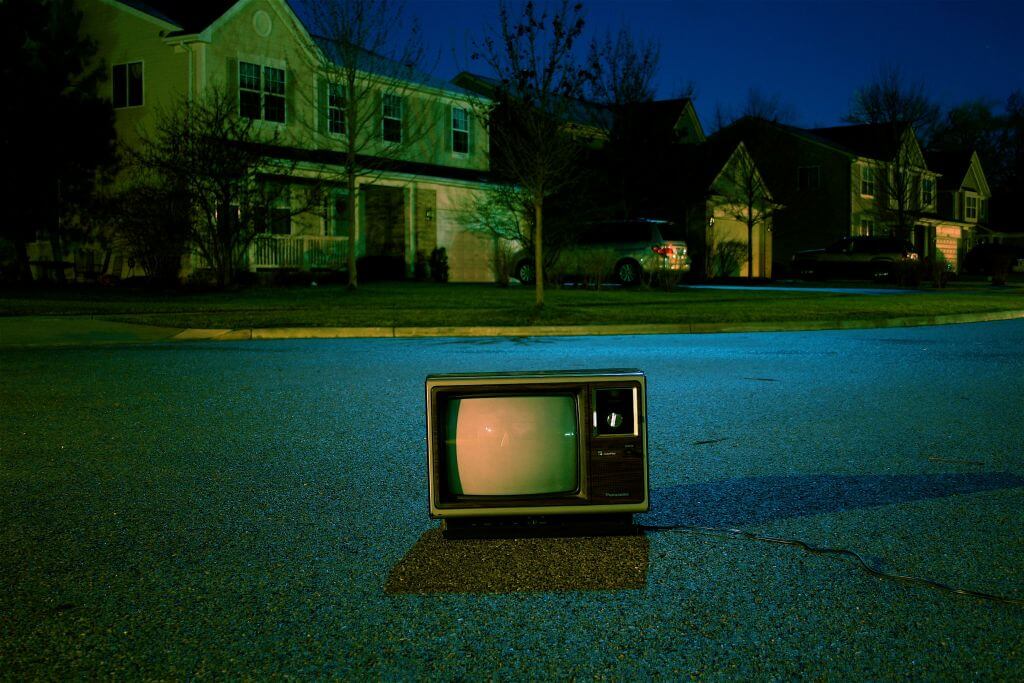What does hate-watching mean exactly?
Hate-watching is defined as the activity of consuming media, typically television shows or films, with the intent of deriving amusement through the critique or mockery of their content or subject matter. This behavior closely relates to anti-fan activities, where viewers find pleasure in the absurdities or failures of specific shows. The act of hate-watching is based on the audience’s engagement with media from a satirical perspective. Propelled by the advent of streaming platforms and the proliferation of social media, hate-watching is rooted in a complex array of psychological and social motivations, often leading to excesses, despite its seemingly innocuous origins.
Historical Context and Emergence
The early online communities focused on hate-watching emerged with platforms such as “Television Without Pity” in 1998, which provided critical assessments of each episode of the teen series “Dawson’s Creek”. The term itself was later theorized by New Yorker critic Emily Nussbaum in 2012, who illustrated the appeal of “Studio 60 on the Sunset Strip” as a show that audiences loved to hate-watch, describing it as “bad in a truly spectacular way.”
Distinction from Guilty Pleasures
Publications such as “Entertainment Weekly” have elucidated the distinction between hate-watching and the consumption of “guilty pleasures.” While guilty pleasures are typically enjoyed despite recognized flaws, hate-watching entails an active pursuit of and critique regarding those very flaws. Shows like “Emily in Paris”, which are characterized by high production values yet are perceived as poorly constructed, exemplify the concept of hate-watching. Additionally, previously well-received programs, such as “The Bold Type”, may fall into the realm of hate-watching if their quality declines over time.
Skepticism Around Hate-Watching
Some industry professionals, including Andrew Fleming, producer of “Emily in Paris“, express skepticism regarding the authenticity of hate-watching. They contend that viewers may primarily engage with such content to mock popular entertainment rather than out of genuine disdain for it.
Impact of Social Media and Streaming Services
The rise of social media has considerably amplified the visibility of hate-watching, while streaming services have encouraged this phenomenon through binge-watching capabilities. The ability to consume entire seasons in one sitting facilitates interaction with extensive content, irrespective of viewer enjoyment. The trending nature of hate-watched shows on social media can lead to increased viewership and, paradoxically, greater overall success for those productions.
As the concept of hate-watching has gained traction, many individuals identifying as anti-fans have cautioned against the practice. They argue that hate-watching can unintentionally enhance the perceived popularity of the media being criticized. A notable example is the animated series “Velma”, which is said to have benefited from hate-watching, contributing to its renewal for a second season.
Metrics of Success and Ratings
Due to streaming algorithms that prioritize viewership metrics, hate-watching can inadvertently bolster a show’s success, creating a self-perpetuating cycle that sustains both hate-watching and the production of “hate-watchable” content, which may ultimately compromise the overall quality of programming. In her examination of audience dynamics, journalist Mary McNamara references hate-watching as an illustration that ratings alone do not accurately reflect viewer support. Additionally, media coverage has highlighted the paradox of high ratings amid political controversy, illustrating that popular acclaim does not equate to substantive merit.
Cultural Dynamics of Hate-Watching
For certain viewers, hate-watching can serve as a means of asserting cultural superiority through the critique of programs deemed inferior. Spanish television reviewer Borja Terán, in February 2020, noted that audiences engaging with reality television, such as “Supervivientes“, often derive a sense of superiority by observing and judging the participants.
Community and Shared Experience
Moreover, hate-watching provides a collective experience, engendering a sense of community and validation among individuals who share critical perspectives on specific media. Participants frequently articulate their critiques via social media and online forums, resulting in heightened engagement even among those adopting a negative view.
Ultimately, hate-watching can reflect a level of engagement with media that rivals traditional fandoms, albeit through a critical lens. This engagement underscores the intricate relationships viewers cultivate with various forms of media, indicating a profound engagement, even when perceived negatively.

